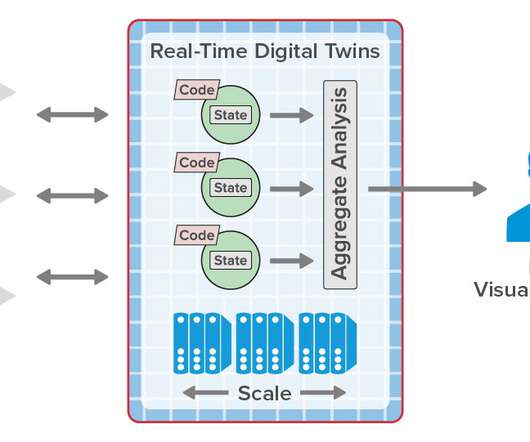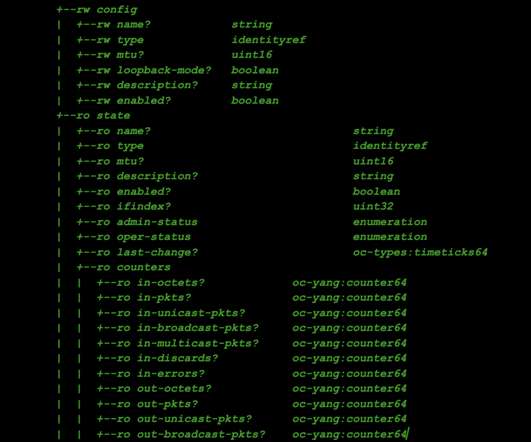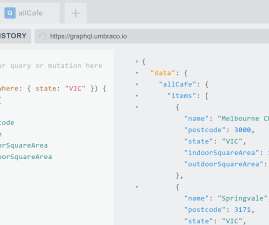How We Optimized Performance To Serve A Global Audience
Smashing Magazine
AUGUST 3, 2023
As an online booking platform, we connect travelers with transport providers worldwide, offering bus, ferry, train, and car transfers in over 30 countries. We aim to eliminate the complexity and hassle associated with travel planning by providing a one-stop solution for all transportation needs.






















Let's personalize your content